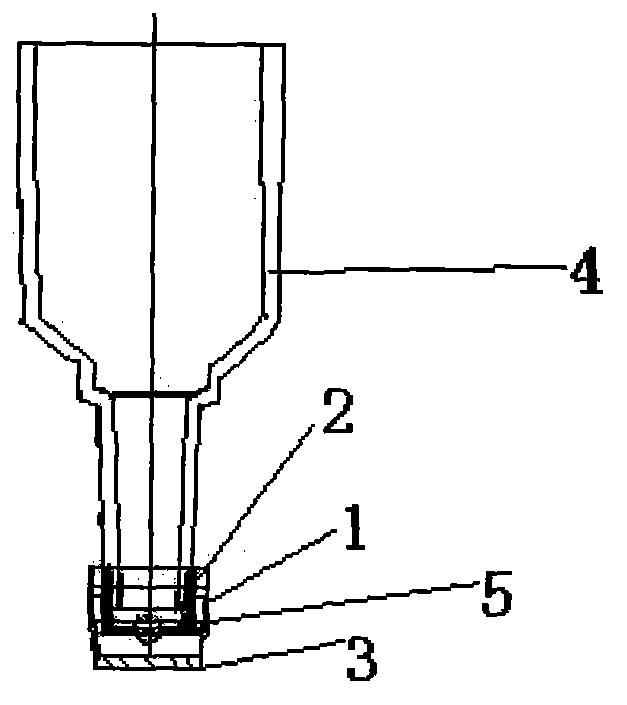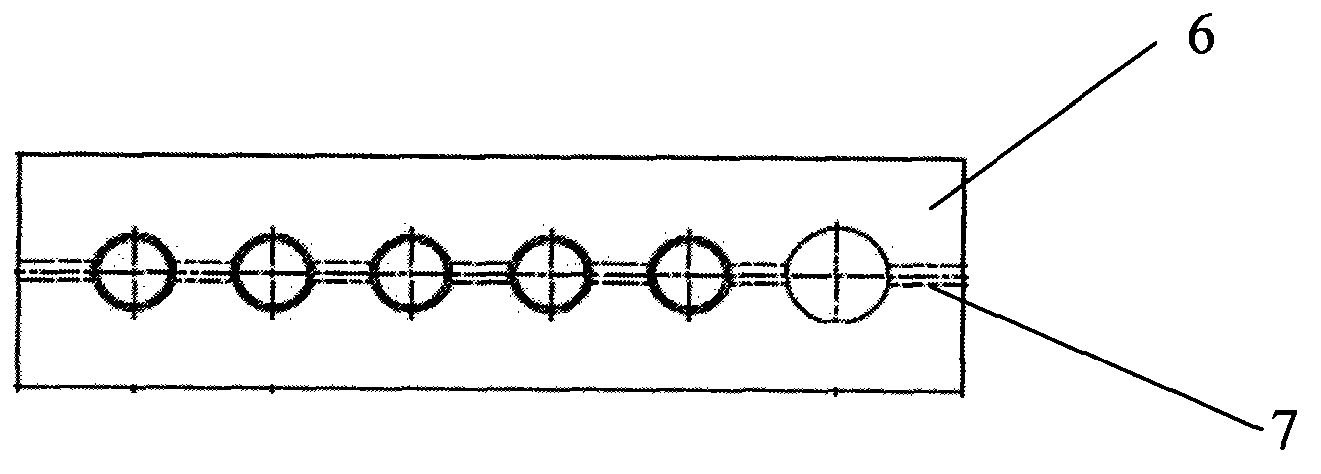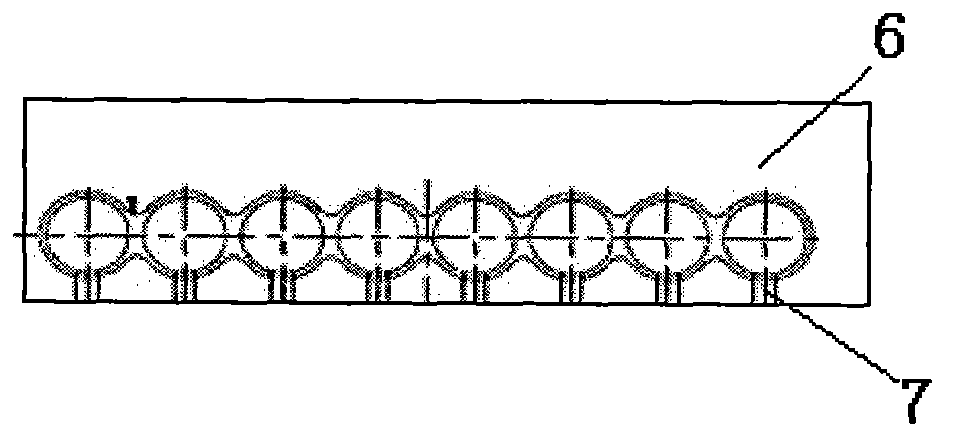Rotary type biological sensor detection device and method
A technology of biosensors and detection devices, applied in the field of biosensors, can solve the problems of limited injection volume of samples to be tested, no products seen, time-consuming and laborious, etc., to reduce manpower and material costs, speed up binding time, and increase sensitivity Effect
- Summary
- Abstract
- Description
- Claims
- Application Information
AI Technical Summary
Problems solved by technology
Method used
Image
Examples
Embodiment 1
[0031] Embodiment 1 Preparation of Rotary Biosensor
[0032] 1. Preparation of homogeneous chromophore
[0033] Inoculate the liquid culture medium (see appendix) from thermummicrobium roseum (ATCC27502) bacteria at a ratio of 1:100, culture at 60°C, 150rpm, for 24h. Then 4000rpm, 30min, 4 ℃ centrifugation to collect bacteria. With extraction Buffer (20mM Tris-Cl pH8.0, 100mM NaCl, 2mM MgCl 2 , 1 mM DTT) to resuspend the cells, and centrifuge to remove the supernatant (6000 rpm, 10 min, 4°C). Add extraction Buffer to resuspend the bacteria (approximately 1 g in 10 ml Buffer), then add a final concentration of 1 mM PMSF, and sonicate for 30 min on ice (5 s of sonication, 8 s off). Centrifuge the broken cells (25,000g, 30min, 4°C), remove the precipitate and get the supernatant. The supernatant was ultracentrifuged (145,000g, 1h, 4°C), and the precipitate was taken as Chromatophore. Prepare the gradient sucrose of five kinds of density again: 20% (2ml), 40% (2ml), 50% (2ml)...
Embodiment 2
[0065] Embodiment 2 Rotary biosensor detection device
[0066] A rotary biosensor detection device, such as Figure 1-3 As shown, the device is composed of a container cup, a sample adding tank 4 and a base 6, the sample adding tank 4 is arranged on the container container, the container container is arranged on the base 6, the bottom of the sample adding container 4 is provided with a buckle 5, and the container container It is composed of an outer cup 1, an inner cup 2 and a nitrocellulose film 3 laid on the bottom of the outer cup 1, and the buckle 5 is connected with the mouth of the inner cup 2. The base 6 is an 8-row base that accommodates 8 container cups. The row base adopts a parallel structure or a series structure, the series structure is a total sample outlet, the parallel structure is 8 sample outlets 7, and each container cup corresponds to a sample outlet 7.
Embodiment 3
[0067] Embodiment 3 detection method
[0068] Dilute the assembled molecular motor connected with the specific antibody with Tricine-HCl buffer solution at pH 6.0 according to the concentration required, and add sol-gel to the diluted solution at a ratio of 49:1. Add the prepared molecular motor solution with specific antibody evenly into the container cups covered with nitrocellulose film, add 50ul of the mixed solution into each container cup, after overnight in the refrigerator at 4°C, place in the drying box for 3 hours at room temperature , until completely dry.
[0069] Fix the sample tank on the prepared container covered with molecular motors, add the sample to be tested in the sample tank, after the antigen-antibody binding, wash with PBS, wash three times to wash away impurities and avoid non-specific binding. Among them, by adjusting or even closing the pore size of the sample outflow port or using a peristaltic pump, the flow rate can be effectively accelerated or...
PUM
 Login to View More
Login to View More Abstract
Description
Claims
Application Information
 Login to View More
Login to View More - R&D
- Intellectual Property
- Life Sciences
- Materials
- Tech Scout
- Unparalleled Data Quality
- Higher Quality Content
- 60% Fewer Hallucinations
Browse by: Latest US Patents, China's latest patents, Technical Efficacy Thesaurus, Application Domain, Technology Topic, Popular Technical Reports.
© 2025 PatSnap. All rights reserved.Legal|Privacy policy|Modern Slavery Act Transparency Statement|Sitemap|About US| Contact US: help@patsnap.com



